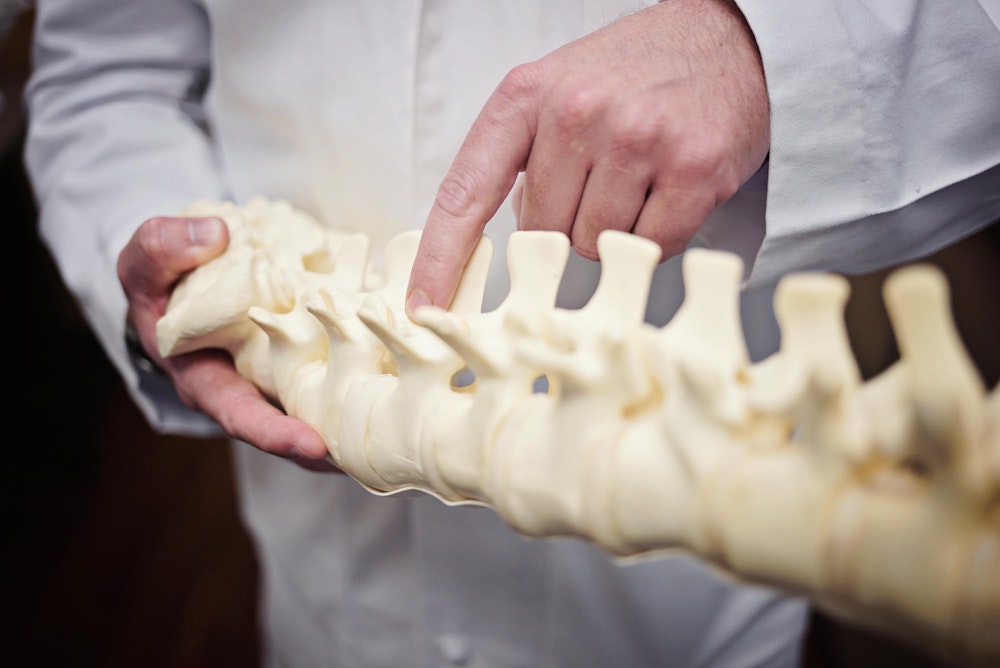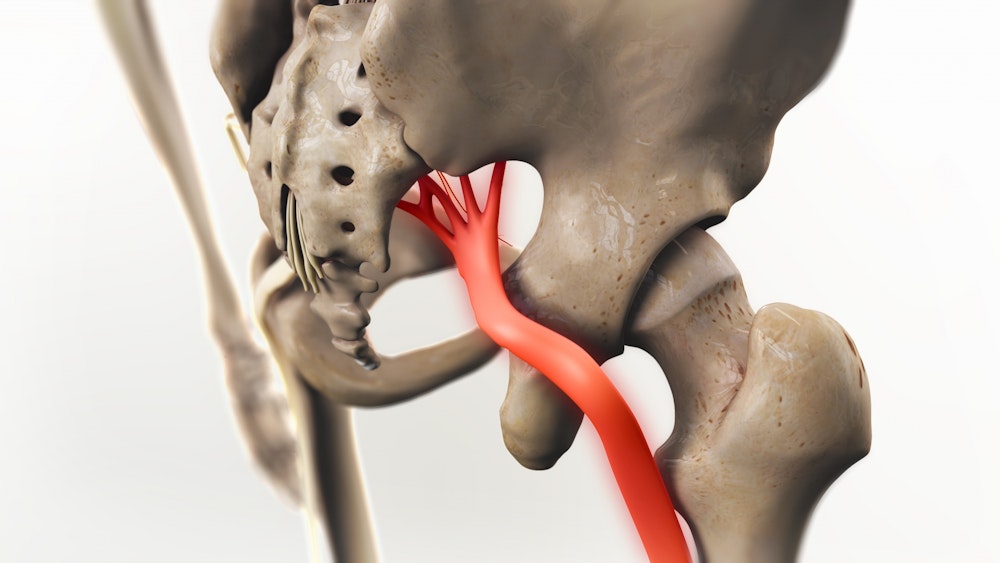Uncategorized
Sep 15, 2020
Sciatica: Q&A with Dr. Samuel C. Polk, III
One of the most widely searched pain topics on the internet is sciatica. Our Q&A with Dr. Samuel C. Polk shines more light on the subject.
One of the most widely searched pain topics on the internet is sciatica. Sciatica simply means leg pain, and the causes and remedies found in an online search vary widely. While Googling is a great way to find a good Chinese restaurant, it's not a great way to diagnose and treat chronic pain! Our Q&A with Dr. Samuel C. Polk shines more light on the subject.
Q: What is sciatica?
Dr. Polk: The term is used loosely to describe leg pain that originates in the lower back, pelvic, hip, and gluteal regions that travels down the leg or legs. The pain can travel or radiate in different nerve patterns. Sciatica usually affects one leg at a time, but it is not entirely uncommon to affect both legs. It's usually a burning sensation and/or shooting pain and can be accompanied by muscle spasms in the low back and legs. Sciatic pain can be acute or chronic. It can be present when a person is at rest and/or with activity. It is usually very uncomfortable.

Q: What causes sciatica pain?
Dr. Polk: Sciatica results when a portion of the nerve has become inflamed. The cause of that inflammation is rarely an injury to the sciatic nerve itself. Typically the inflammation is caused by a problem in the lower back. The most common culprits are spine-related. This includes herniated discs in the lower back, spinal stenosis in the lower back, degenerative hypertrophied facet syndromes, osteophyte formations, nerve compression from masses or tumors, and direct trauma to the nerve. Secondary causes of sciatic like pain also include sacroiliac joint arthropathy and lumbar plexus injuries. These can be caused by contact sports, heavy manual labor, heavy weightlifting with improper form, advanced arthritic or degenerative disease in the lumbar spine, and rarely without cause.

Q: How do I get rid of sciatica pain?
Dr. Polk: This is the heart of the matter because no one wants to live in pain. Everyone is searching for longlasting relief as soon as possible. The truth is, it takes a very thorough evaluation to determine the root cause of sciatic pain. The true cause of that inflammation is one out of a long list of possibilities. Therefore, taking the time to work with a specialist to find that root cause is significant. Your specialist should be as thorough as possible in your examination. If you receive treatment for your pain, but the true source of the inflammation is left unfound and untreated, you might experience temporary relief, at best. Most likely, the full force of your nagging pain will eventually return.
Q: If I come to Semmes Murphey for the treatment, what should I expect?
Dr. Polk: As a board-certified pain specialist, I would conduct a meticulous physical exam with an emphasis on your neuro-musculoskeletal system. We would begin with an interview to learn about the nature and intensity of your pain and how long it's been present. Our goal is to identify the true cause of your sciatic pain. The physical exam will evaluate the range of motion of your spine, test your lower limb strength, search for sensory changes in specific nerve patterns, inspect your gait or the way your walk, and more. A neuro-diagnostic work up includes imaging studies and tests. Medical Imaging is often an essential part of the assessment, and this may include X-rays, a CT (computerized tomography) scan, an MRI (magnetic resonance imaging), and electromyography/nerve conduction studies (EMG/NCS) to assist in pinpointing the cause of your sciatica. Each patient is different, and we treat each case individually.
The good news is that if you are able to come to Semmes Murphey Clinic, we can offer all of these services under one roof. At Semmes Murphey, our team is specifically trained to address conditions in the spine. That doesn't just include the physicians. Our imaging technicians, physical therapists, nurses, clinic staff, and more are regularly working with spine disorders. Problems in the spine are often complex, but it is our bread and butter. Many physicians can treat spine issues, but having a fleet of specialists under one roof makes a big difference in the level of care we can give our patients.

Q: What are my treatment options for sciatica?
Dr. Polk: Treatment may involve introductory medications, physical therapy, epidural blocks/injections, spinal cord stimulation, and/or surgery, depending on the severity of your problem. The main thing is to take the first step in seeing your doctor. Don't let your severe pain go unaddressed. When you experience pain, your body is trying to tell you something, and I encourage everyone to listen to their bodies. Varying degrees of pain is a natural part of life for all of us. A doctor's visit is not always required. However, if you are experiencing severe pain that lasts longer than a few days or notice the pain recurring throughout the weeks and months, you should certainly speak to your doctor. I have seen too many people turn a manageable situation into a serious one because they ignore their body's signals. This attempt to tough it out is unwise.
Whatever your path, our team at Semmes Murphey Clinic can create and administer a complete multidisciplinary treatment plan to help you return to your normal, pain-free life as soon as possible.
